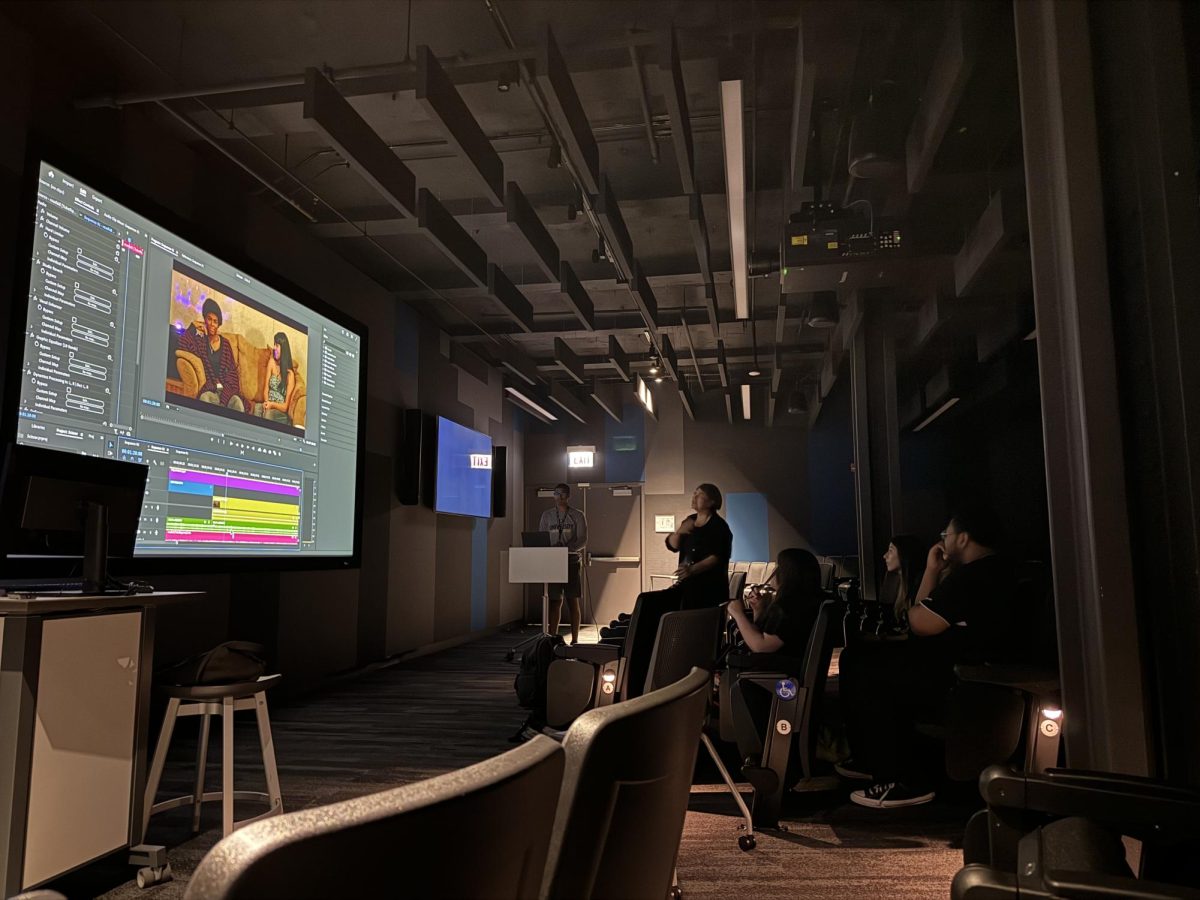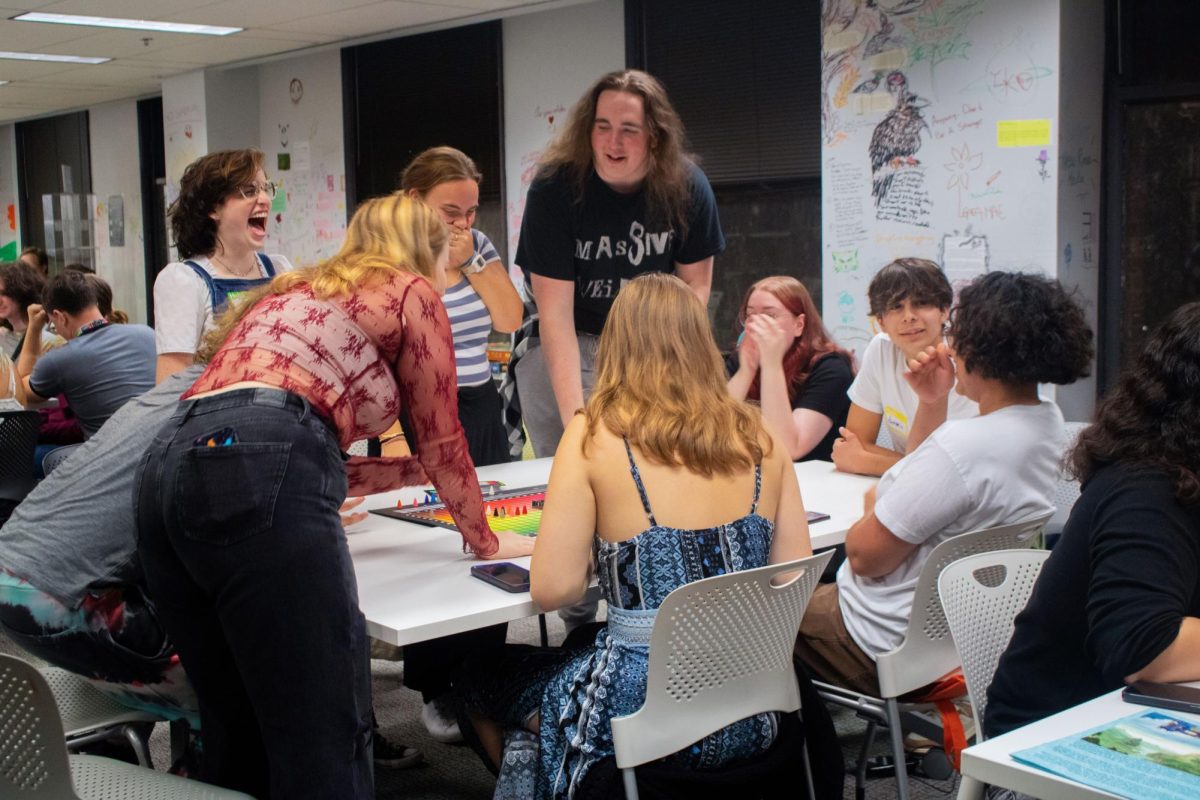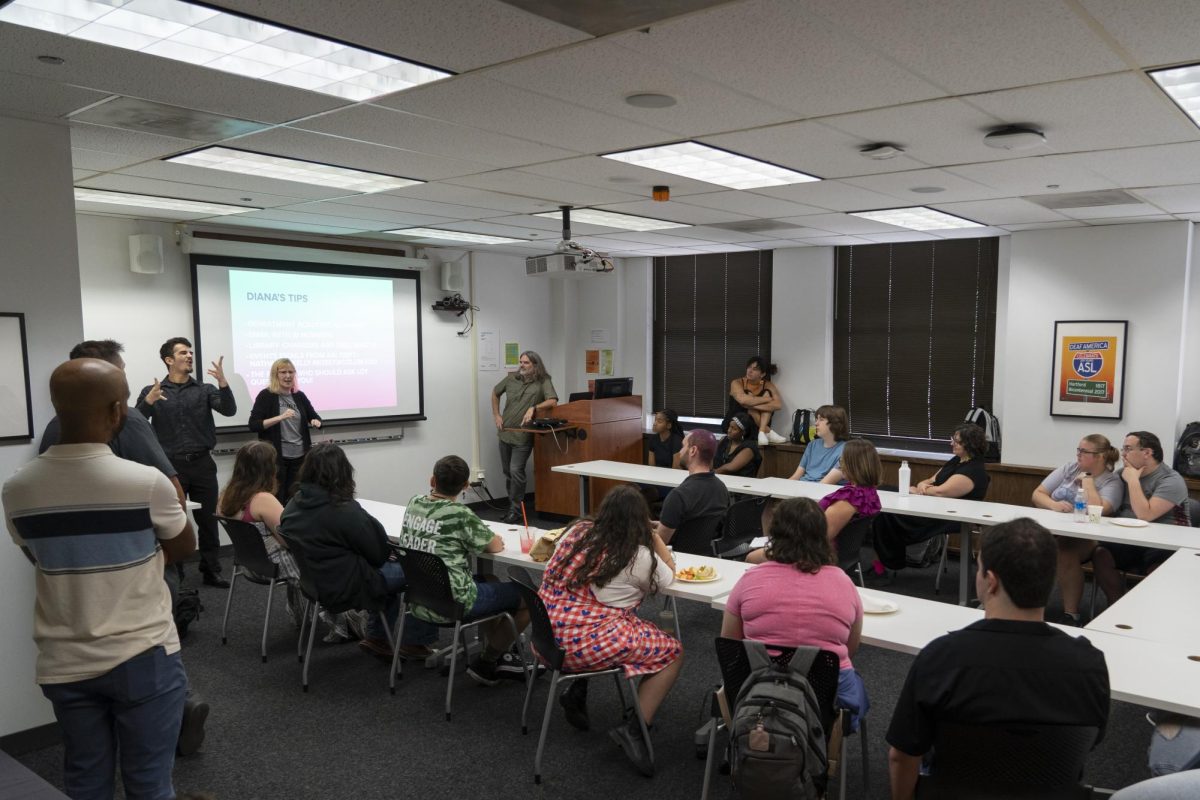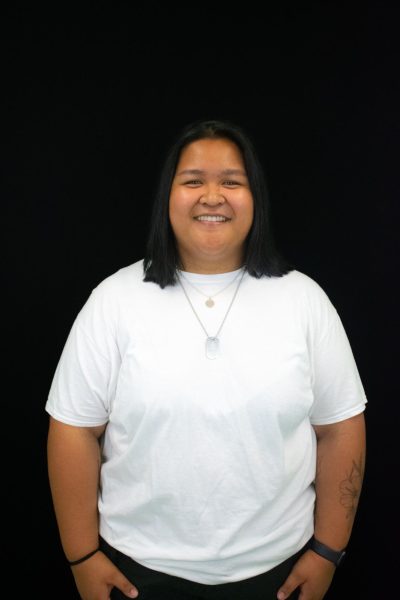The Summer at Columbia program drew 26 high school students from all around the country this year, giving them a chance to experience college in intensive four-week creative courses.
The program has been running for over 10 years, but this year drew in one of the largest groups of students.
Summer at Columbia, previously known as the High School Summer Institute, is an immersive one-month program that gives the students a chance to attend Columbia and complete first-year college courses.
Students can stay in the University Center dorms or commute to Columbia. Tuition for the program is $3,450 for commuters and $5,620 for residents. All students receive daily lunch at the Student Center and access to Columbia facilities and resources. The program this year ran from June 24 to July 19.
Each year, the program rotates on which creative fields are available to participants. This year they offered “Photographic Practice I”, “Introduction to Illustration” and “Cinema and Television Production.” Students take one foundational course in their field and one “Entrepreneurship for Creatives” course.
Holly Herrera, associate provost for Transfer Initiatives and Academic Partnerships, recently took charge of the program. She said the focus of the program is to give students a taste of a college lifestyle.
“This program is designed to give participants a glimpse into the life of a college student and I hope it has shown former participants that they can be successful in college,” Herrera said. “Of course, I would love to see them living their dream at Columbia, but if we are supporting their higher education persistence, then awesome.”
Around 40% of students who were in Summer at Columbia in previous years enrolled as full-time students at Columbia after high school, according to Herrera.
Students in the program attend classes Monday through Friday from 9 a.m. to 4 p.m. The first-year level courses that are typically conducted in 15 weeks during the fall and spring semesters are condensed into four weeks for the program. The lesson plans require a lot of work from participants, but they also have a lot of time to explore the city.
Jacob Wegwerth, from the Chicago suburbs, has been interested in Columbia since his brother attended the college. He is a rising senior and said he feels more prepared for college after completing the program.
“I feel like the program gives you a lot of time to focus on the academic side but also lets you explore the great city of Chicago,” Wegweth said. “It definitely prepares you for college and really gets you thinking a lot about it. It also is a great resume piece.”
For other students, it has helped them explore a creative field that they were interested in. Jesstin Pinkston was skeptical about choosing a university to attend but knew that he was interested in filmmaking. The program gave him insight into his possible future career.
“I want to do film, but I didn’t really know what it was like,” Pinkston said. “Now I finally see how it’s like to shoot a movie, write a script and the different roles… There’s a lot more that goes into it that I actually did not know about.”
Along with finding confidence in their field of study, students grew more independent during the program. Sawyer Ersted, from Minnesota, was nervous to be alone in Chicago but took full advantage of the opportunity. He said the program was really reassuring that he could accomplish a college lifestyle. The program taught him how “it’s important to be willing to open yourself to new opportunities and be willing to take a new step.”
Like Ersted, Julissa Geissberger, from Florida, was nervous about coming to Columbia this summer. The realization that she would be alone in Chicago was scary at first since Geissberger is normally shy. She said she was relieved that the “Cinema and Television Production” course worked both in groups and individually. This gave the students the chance to connect with peers. Geissberger said her confidence skyrocketed throughout the program, especially with the more hands-on courses.
“I think it was our second day, we immediately started working with cameras and learning how to do that,” Geissberger said. “Every day since then it was adding something new and learning.”
Groups presented rough cuts of their film projects on the day before the end of the program. These peer review sessions had participants engaged as they dissected their work. Wenhwa Ts’ao, interim co-director of the new School of Film and Television, helped groups inspect their work shot-by-shot and offered editing feedback.
Ts’ao has been working with the high school program for the past few years, and said she enjoys teaching young creatives when they are “fresh and excited about the potential of media arts.” She found it difficult teaching a condensed course because students do not get the time to soak up each lesson. The mixed levels of media knowledge were another challenge for the course but allowed for students to learn from each other. Although they did not get the 15-week experience of the course, Ts’ao was still excited to teach this group of students.
“So ‘how do you create impact with your project’ is what I’m most excited about,” Ts’ao said. “It doesn’t matter how much of a skill set you have, as long as you are willing to go there. I feel very hopeful.”
She spoke highly of the students in the program, bragging about their growth and the connections they have made together. One group’s final project captured “the budding potential of humanity and hope” and the “complexity of humanness” according to Ts’ao. She saw a parallel between the project’s intimacy and the friendship that the group grew while working together. She hopes to continue teaching for the Summer at Columbia program and expand the resources for high school students. She is excited to spark confidence in the next generation of young creatives.
“What I want them to walk away with is as basic as to know that they all have something valuable to add. They don’t have to take it from other people’s art,” Ts’ao said. “The higher end-goal is that they see their own potential as a storyteller.”
Copy edited by Trinity Balboa









